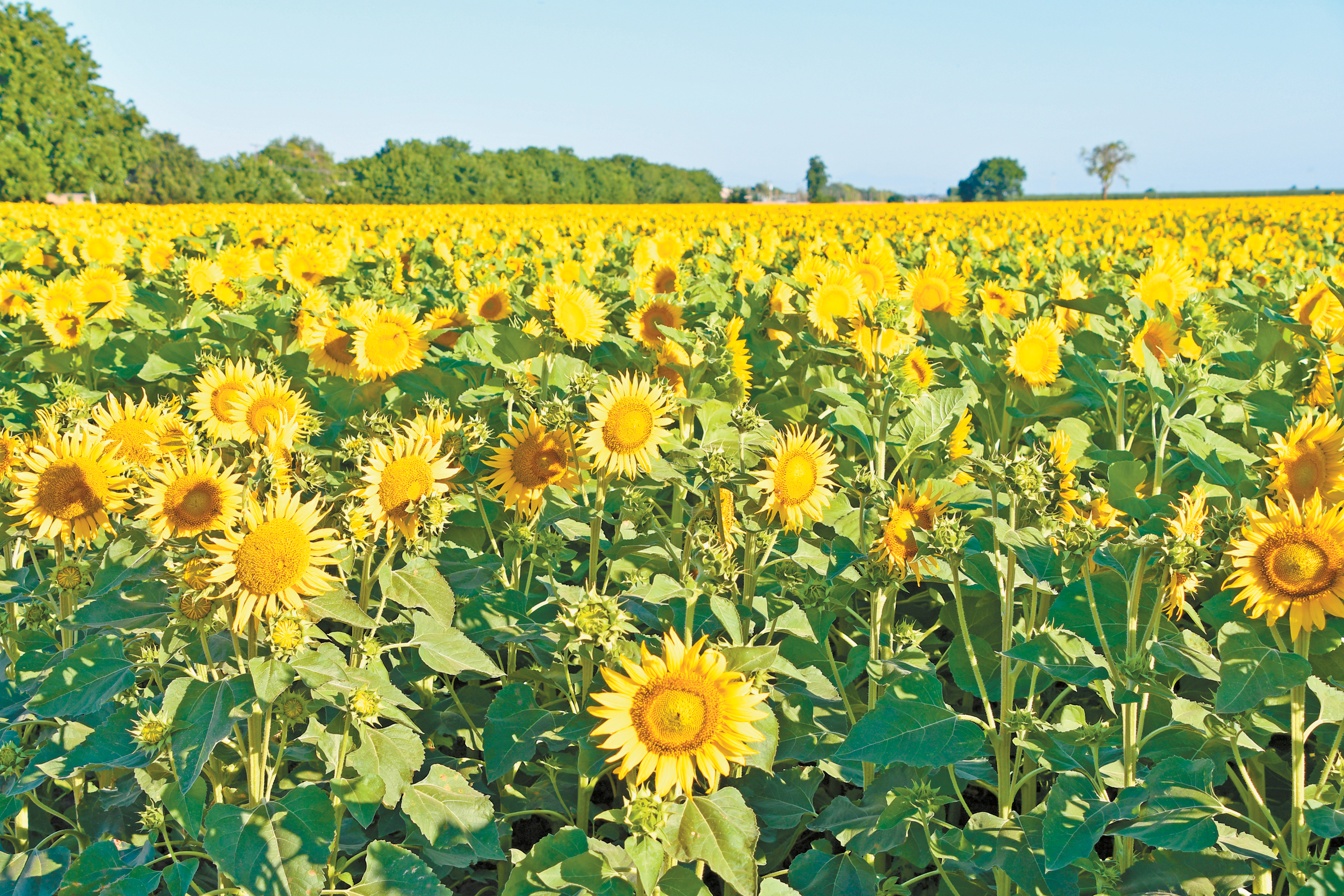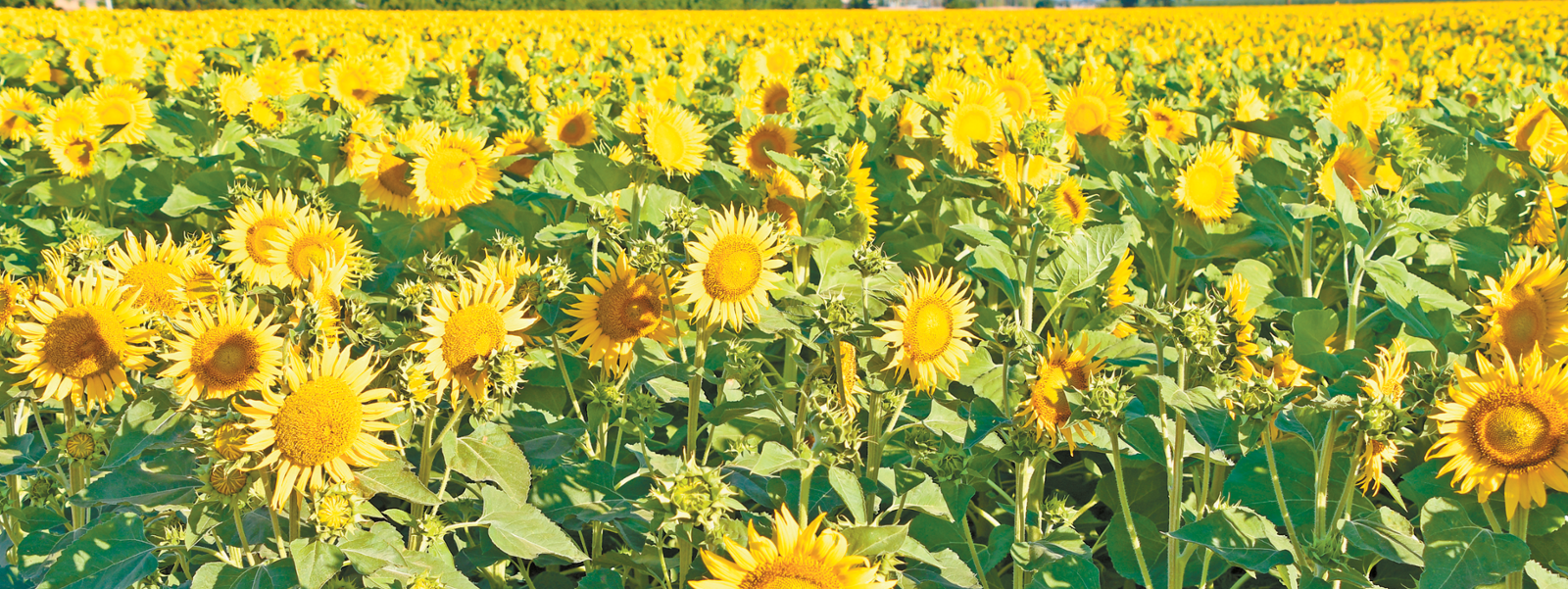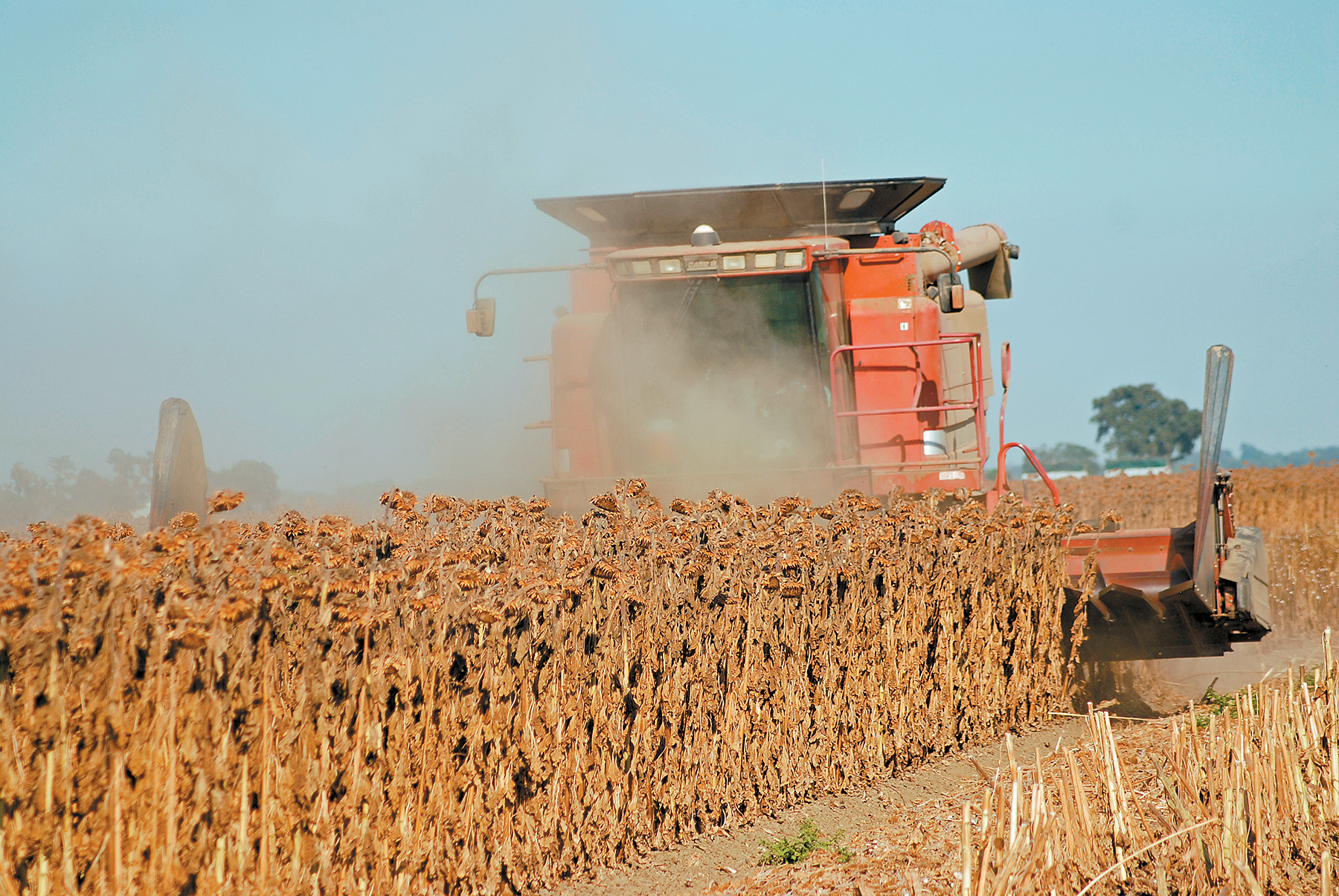Sunflower seed firms leave state, impacting growers

California historically produced 95% of the nation’s hybrid sunflower seed for planting and has been a major exporter of seed for oil. Now growers are worried after closure of two seed-processing plants.
Photo/Vicky Boyd


Photo/Vicky Boyd
By Vicky Boyd
A second contractor of hybrid sunflower seed production has pulled out of California in as many years, sending growers scrambling to find new seed-production contracts or replacement crops.
Early this year, Syngenta told growers it was shutting down its California hybrid sunflower planting seed program and would no longer be contracting the crop. As part of the move, the company planned to close its Hamilton City seed-processing facility after finishing the 2023 crop. It employed about 20 people.
Jenna Oesch, Syngenta’s global head of strategic communications for seed field crops, said the actions were part of “recent business reviews and a needed shift in the footprint of sunflower production and seed processing.”
“Based on our current mid-term plan volumes, all production can and will be sourced within and across our global network of facilities,” she wrote in an email.
Syngenta’s announcement comes slightly more than a year after Pioneer Hi-Bred International Inc. announced it was cutting 51 jobs at its Woodland commercial seed lab. The layoffs came after the subsidiary of Corteva Agriscience said it had stopped selling hybrid sunflower seed to Russia, one of the world’s largest producers of sunflower seeds for oil.
“Because we have enough sunflower production capacity in Europe for the European market, we no longer need the additional production capacity at the Woodland location,” Pioneer explained in a 2022 release.
Sean Doherty, who grows a mix of row and permanent crops in Yolo, Colusa and Sutter counties, said he still plans to plant some hybrid sunflower seed acreage this season although not as much as he had been. At one time, he grew for three or four different companies.
Doherty said only two major players remain in the Sacramento Valley: France-based Limagrain and RemSun, owned by Indiana-based Remington Seeds.
“There’s been another shake-up in the sunflower industry with Syngenta leaving and taking production back to Europe and possibly Turkey in the near term because of the exchange rate,” he said. “But I think production will come back eventually because the Sacramento Valley is the best place to grow hybrid sunflower seed, period.”
He was referring to the state’s near-ideal arid climate and lack of disease pressure. In fact, California historically has produced 95% of U.S. hybrid sunflower seed for planting and 25% of the world supply.
John Sandbakken, executive director of the Mandan, North Dakota-based National Sunflower Association, said the majority of California hybrid sunflower seed is exported, and most seed companies already have plans to grow seed overseas.
In addition, he said many seed companies have production in Washington, Oregon and Idaho.
“Some of those companies are diversifying and going to other states to produce hybrid seed at least for the U.S. market, so there will be enough to fill the needs in the U.S.,” Sandbakken said.
Doherty grows hybrid sunflower seed as part of a rotation that includes rice, processing tomatoes and possibly field corn, depending on the market. With the reduction of sunflower acres, he said other potential rotational candidates, such as edible beans or safflower, either are not attractive financially or companies are not offering contracts.
“Nothing’s really appealing right now to grow,” Doherty said.
Colusa County farmer George Tibbitts is in a similar situation, having grown hybrid sunflower seed as part of his row-crop rotation for the past 10 to 15 years. He was a long-time Pioneer seed grower but moved to Syngenta after Pioneer shut down its Woodland program.
After receiving a phone call from Syngenta in January that it was shutting down its California facility, Tibbitts put out feelers to see if he might grow hybrid sunflower seed for another company.
“I’m cautiously optimistic based on my phone call a few weeks ago,” he said about his conversation with a potential new seed buyer. “I’m even more optimistic because I have an organic field as well. I had never been able to find a company that dealt with organic sunflower seed. But this new company already has a small organic sunflower seed program. If I get that, I’ll actually be better off.”
In addition to the organic field, Tibbitts has another he hoped to put in hybrid sunflower seed that was in rice in 2023. He planned to grow both fields dryland without irrigation.
The trick is to plant the sunflowers in a narrow window when the soil is dry enough to support tractors but still has enough moisture to germinate the seed.
“If you can get a stand, you’re usually golden after that,” he said. That’s because sunflowers’ long roots are able to mine water deep in the soil.
Other growers like to plant sunflowers following two years of processing tomatoes grown on drip irrigation. This allows them to spread the cost of installing the drip across another crop. Planting sunflowers also helps break up the pest cycles that build up in the soil after repeated processing tomato seasons.
Seed production involves interplanting rows of male plants with female plants. Bees cross-pollinate the rows, resulting in hybrids that typically have more vigor and other desirable traits than seed from either parent alone.
Although hybrid sunflower seed acreage has fluctuated from year to year, an overall downward trend began in 2019 after production topped 53,600 certified acres the year before. In 2023, the California Crop Improvement Association certified 27,253 acres of hybrid sunflower seed.
Certification includes surveying fields and seed processing facilities to ensure out-crossing, pests and other contaminants are not present.
(Vicky Boyd is a reporter in Modesto. She may be contacted at vlboyd@att.net.)




